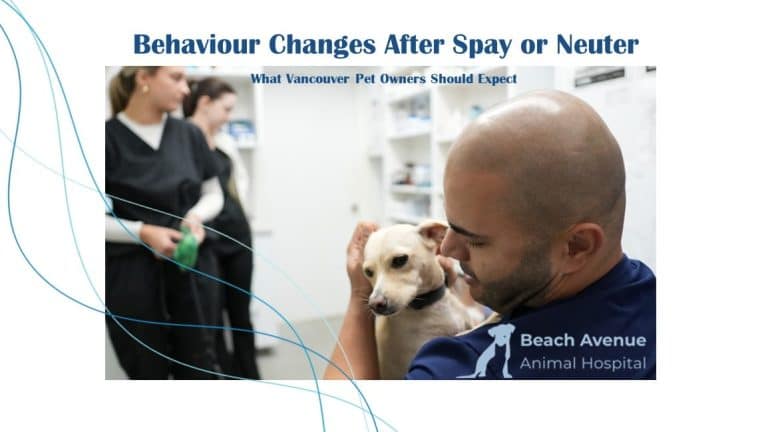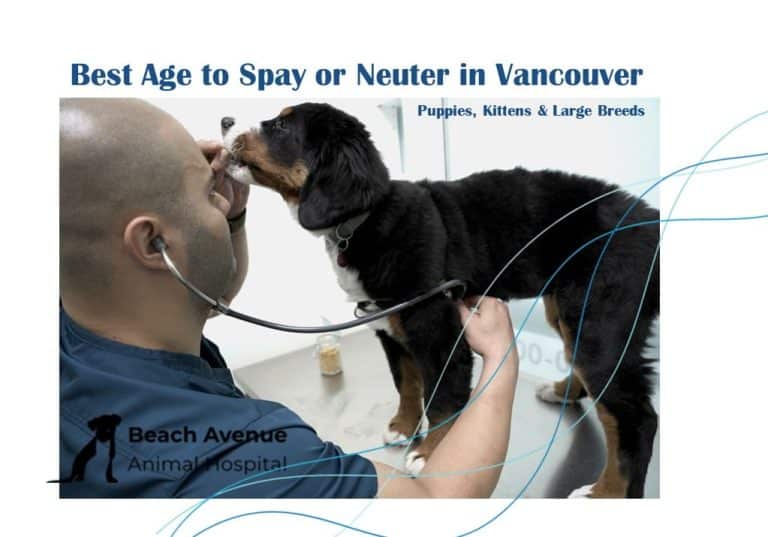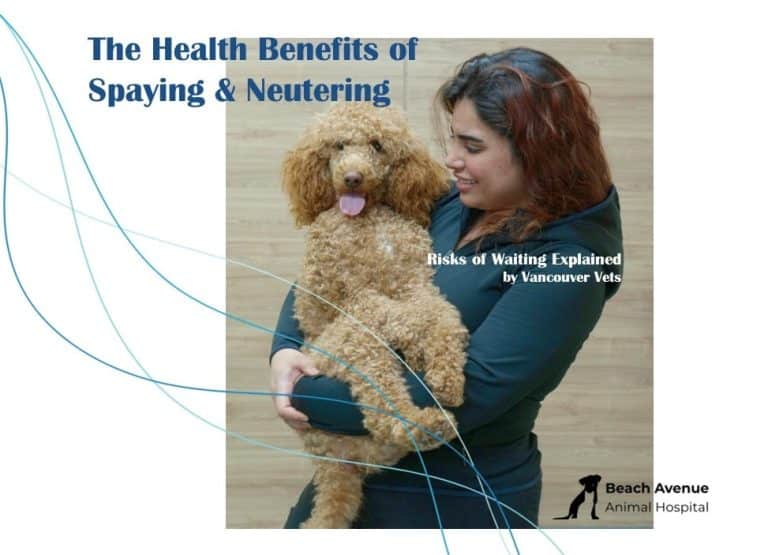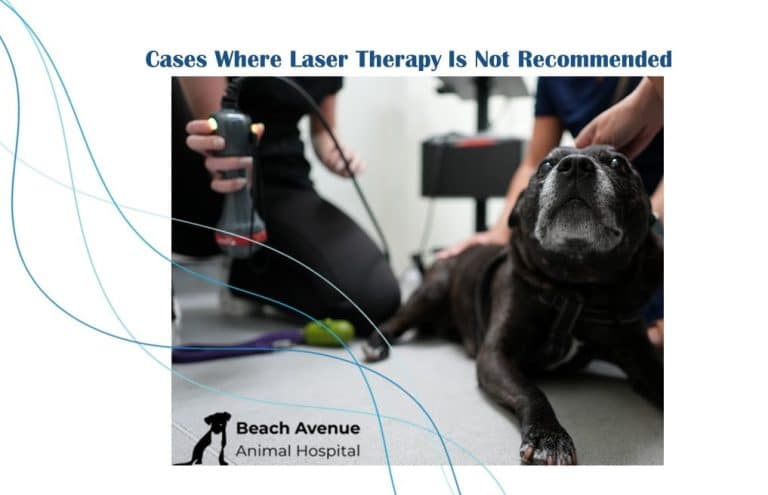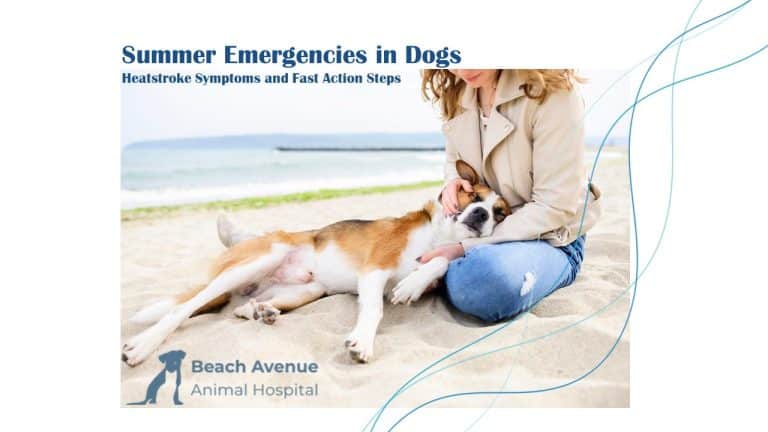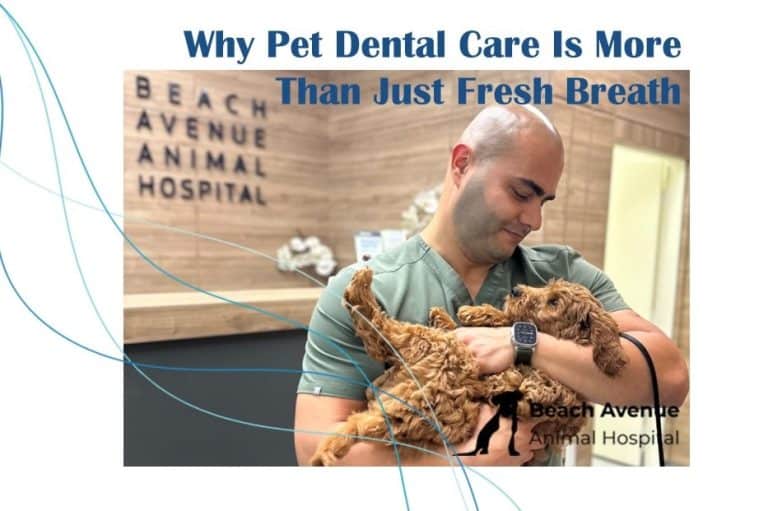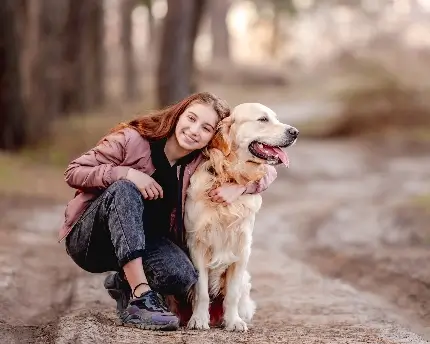It’s important to stay calm and collected when your dog appears angry. While they might seem mad, often their emotions stem from fear, anxiety, or feeling threatened. Here’s what you can do.
Tips For Keeping Calm an Angry Dog
- Stop and Assess: Avoid approaching your dog directly. Instead, pause and try to understand why they might be feeling this way. Is there a new person or animal nearby? Did you make a sudden movement?
- Maintain Calm Demeanor: Avoid yelling or making any aggressive gestures. Speak softly and calmly, using your dog’s name if possible.
- Give Space: Allow your dog some space to de-escalate. Don’t make eye contact or loom over them.
- Remove Triggers: If possible, try to remove whatever might be triggering their anxiety. This could be another animal, a loud noise, or an unfamiliar object.
If the situation seems to worsen:
- Leave the area slowly: If your dog becomes more aggressive, slowly back away without turning your back on them. Avoid running, as this might trigger a chase response.
- Seek professional help: If your dog’s aggression seems severe or unprovoked, consider consulting a professional animal trainer or behaviorist to help identify the cause and develop a training plan.
Here are some additional tips:
- Know your dog’s body language: Learn the signs that your dog might be feeling anxious or threatened, such as growling, baring teeth, flattened ears, or a tucked tail.
- Positive reinforcement training: Reward calm behavior and obedience to build trust and discourage negative reactions.
By staying calm, understanding the cause, and giving your dog space, you can help them de-escalate from a perceived threat and prevent the situation from worsening.
If non of the above tips worked, you need to have a check up for your dog in a trusted pet clinic.


